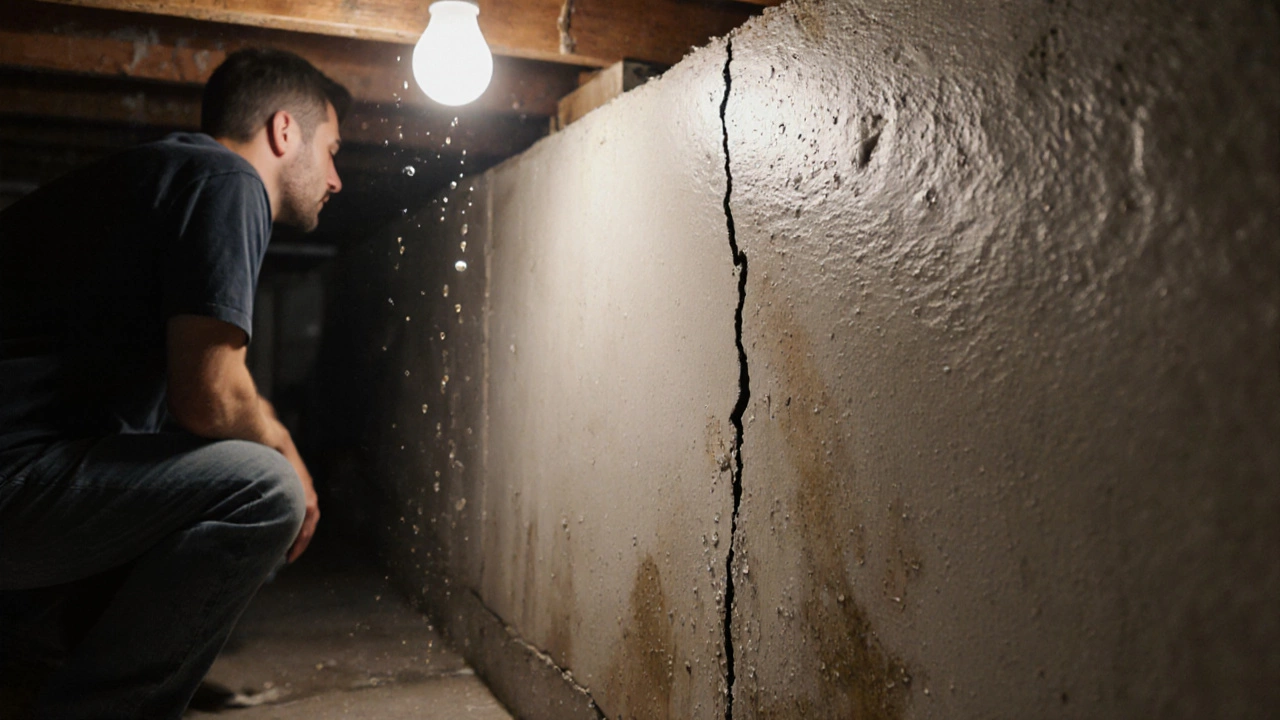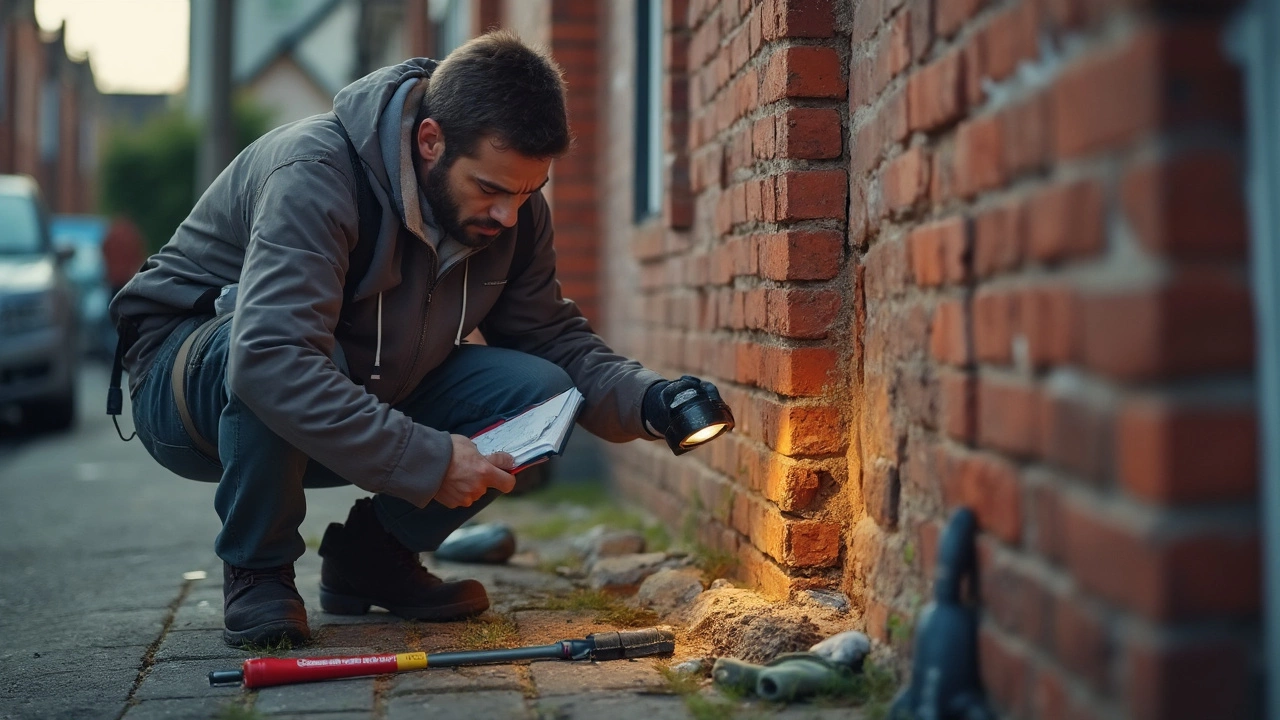Foundation Crack Repair: What Every Homeowner Should Know
If you notice a line running through your walls or floor, it’s probably more than a "nice" design feature – it could be a foundation crack. Ignoring it can lead to bigger problems, higher bills, and even safety risks. The good news? Most cracks can be dealt with quickly and affordably if you act early.
Common Types of Foundation Cracks
Not all cracks are created equal. Here’s a quick cheat‑sheet so you can tell what you’re dealing with:
- Hairline cracks – Thin, often less than 1mm, usually show up in new builds and are usually harmless.
- Vertical cracks – Run up and down the wall. They often point to settling soil but rarely threaten structural integrity.
- Horizontal cracks – Stretch side‑to‑side and are the most concerning because they can indicate pressure from expanding soil. Our post on Horizontal Foundation Crack Repair Cost breaks down what to expect price‑wise.
- Step cracks – Look like a set of stairs and show up where two walls meet. They can signal uneven settling.
When you see a crack wider than 3mm, or one that’s growing, call a pro right away. A structural engineer or experienced foundation contractor can tell you if a simple epoxy fill will do or if you need deeper piering.
How Much Does Repair Really Cost?
Costs can vary a lot, but here’s a ball‑park range to help you budget:
- Epoxy injection – $5‑$10 per foot. Works for small, static cracks.
- Carbon fiber reinforcement – $12‑$20 per foot. Adds strength without digging up the yard.
- Push piers or helical piers – $1,200‑$3,500 per pier. Ideal for major settlement or horizontal cracks.
- Full underpinning – $10,000‑$30,000+. Used for severe structural issues.
Our Horizontal Foundation Crack Repair Cost article gives real‑world numbers so you can compare quotes. Remember, the cheapest option isn’t always the right one – a half‑done fix can cost you double later.
Before you sign any contract, ask for a written report that explains:
- What type of crack you have.
- Why it’s happening (soil pressure, water, tree roots, etc.).
- The exact repair method and materials.
- Warranty details.
Having this info protects you from surprise charges and ensures the repair lasts.
Living with a cracked foundation isn’t just an aesthetic issue. Our Can You Live Safely in a House with a Cracked Foundation? guide warns about potential hazards like uneven floors, doors that stick, and hidden moisture that can lead to mold. If you notice doors that won’t close properly or windows that lean, treat it as a red flag.
So, what’s the next step? First, document the crack with photos and measurements. Then, reach out to a local foundation specialist for a free inspection. Most companies, including McNeil Plumbing & Construction Services, will come out, give you a written assessment, and explain the repair plan.
Bottom line: spot a crack, measure it, get a pro opinion, and fix it before the problem grows. It’s a small effort that saves you thousands and keeps your home safe for years to come.



